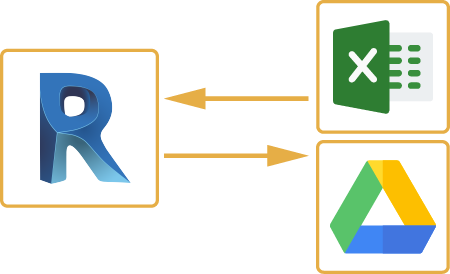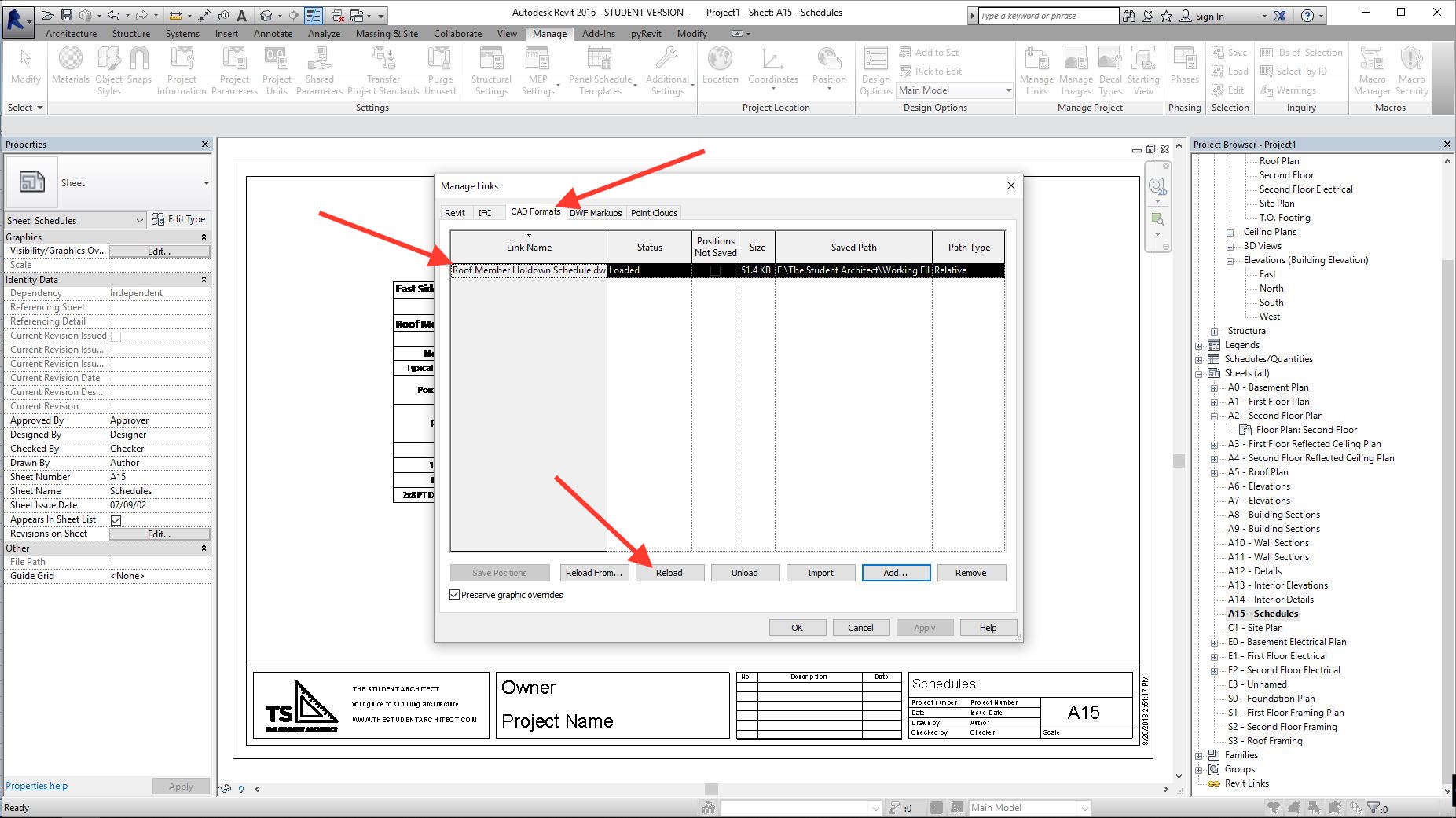Revit Add Ins: Supercharge Your Layout and Modeling
Wiki Article
Revit Excel Combination Demystified: Streamlining Operations for Enhanced Project Coordination
Are you tired of battling with inefficient task sychronisation and time-consuming workflows? Look no more, due to the fact that Revit Excel Combination is below to debunk the procedure and simplify your jobs. With this powerful tool, you can enhance job sychronisation and eliminate the inconvenience of hand-operated data entrance. In this short article, we will assist you via the relevance of Revit Excel Combination, show you just how to improve operations, and supply ideal techniques for effective combination. Obtain prepared to revolutionize your project control effortlessly.The Relevance of Revit Excel Assimilation
You need to recognize the significance of Revit Excel integration to successfully simplify your process and improve project control. The combination of Revit, a powerful structure details modeling (BIM) software, with Excel, a commonly made use of spreadsheet program, offers many benefits for engineers, engineers, and building professionals.

By incorporating Revit with Excel, you can get rid of hand-operated information entry and lower the threat of errors. This not just conserves time yet additionally makes sure accuracy in your job documents. You can upgrade data in Excel, and it will instantly update in Revit, maintaining uniformity throughout your job.
Furthermore, Revit Excel integration enhances task coordination by making it possible for reliable collaboration amongst team participants. With information integrated in between Revit and Excel, everyone can access the most current information and work with each other perfectly. This advertises smoother communication, decreases problems, and improves total project performance.
Exactly How to Simplify Workflows With Revit Excel Assimilation
Maximize your procedure by effortlessly connecting Revit and Excel to improve your workflow. By incorporating these two powerful devices, you can boost project control and enhance effectiveness in your job. With Revit Excel integration, you can conveniently transfer data between both platforms, enabling smooth interaction and collaboration.

Another benefit of Revit Excel combination is the capability to produce customized records and analyze information much more efficiently. With Excel's durable features, you can do innovative estimations, produce graphes and charts, and create extensive records based on the information from your Revit versions. This permits you to make and gain valuable understandings informed choices throughout the task.
Enhancing Project Control With Revit Excel Combination
By seamlessly attaching your style software application with effective information analysis tools, you can considerably boost the control of your tasks. Revit Excel combination allows you to enhance your workflows and enhance task coordination by getting rid of hand-operated information access and lowering mistakes. With this assimilation, you can easily transfer data between Revit and Excel, making sure that all task information depends on date and precise.Among the essential benefits of Revit Excel combination is the capability to import and export data between both software program perfectly. This means that you can easily import existing job data from Excel right into Revit, conserving you time and effort in returning to details. Likewise, you can export project data from Revit to Excel, permitting you to execute innovative evaluation and estimations using the powerful features of Excel.
Furthermore, Revit Excel integration enables you to create vibrant links between the two software (revit tool). This implies that any changes made in Revit will automatically upgrade in Excel, and the other way around. This ensures that all project stakeholders are collaborating with the most up-to-date info, boosting task sychronisation and reducing the risk of errors
Overcoming Challenges in Revit Excel Assimilation
When getting over challenges in the assimilation of Revit and Excel, it is very important to make certain seamless information transfer and decrease mistakes. One typical difficulty is the compatibility of information formats between Revit and Excel. To tackle this, you can utilize plugins or add-ins that assist in the conversion of data from one layout to another. These devices aid preserve the integrity of the information throughout the transfer procedure.Another obstacle is the absence of synchronization in between Revit and Excel. It's critical to develop a clear operations that ensures both systems are upgraded in real-time. This can be attained by utilizing cloud-based cooperation devices or establishing a system for regular information syncing.
Dealing with large datasets can additionally be bothersome. When it comes to dealing with big quantities of information, revit and Excel have various capabilities. To overcome this obstacle, you can divide the information into smaller sized, workable chunks or utilize information filtering strategies to concentrate on details locations of rate of interest.
Finally, human mistake can lead to inconsistencies between Revit and Excel data. It's essential to train staff member on the combination procedure and develop quality assurance steps to capture any type of mistakes. Normal audits and cross-checks can help identify and rectify any type of variances.
Best Practices for Successful Revit Excel Integration
To make sure effective combination of Revit and Excel, it's crucial to follow some ideal techniques that will help improve your workflow and decrease errors. Furthermore, when linking Excel data into Revit, make sure that the data is cost-free and clean from any type of format problems that could trigger errors.Another crucial technique is to on a regular basis upgrade your Excel data in Revit. Make it a routine to assess and update the data at regular periods, especially when adjustments are made to the job.

Verdict
So, there you have it - revit Excel combination doesn't have to be a challenging task. By simplifying your operations with this effective mix, you can enhance job control and accomplish greater performance. Bear in mind to get rid of any obstacles that may emerge and adhere to finest methods for effective assimilation. With revit Excel assimilation demystified, you'll be well on your method to making best use of the potential of these tools and taking your tasks to new elevations.You can export your Revit routines to Excel, make adjustments or updates in Excel, and then import the upgraded information back into Revit with just a couple of clicks. Revit Excel integration permits you to streamline your operations and boost job control by getting rid of hand-operated data entry and decreasing mistakes. With this combination, you revit tool can conveniently move information between Revit and Excel, making sure that all job details is up to day and precise.
You can export job data from Revit to Excel, allowing you to execute innovative evaluation and estimations using the powerful functions of Excel.
Additionally, when linking Excel data into Revit, make certain that the data is tidy and free from any kind of formatting issues that could create mistakes.
Report this wiki page